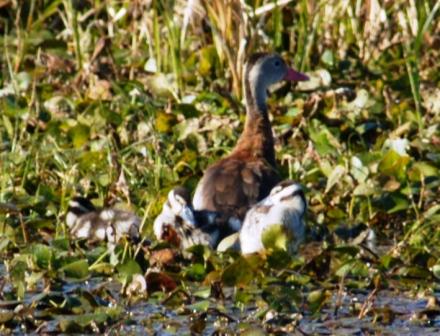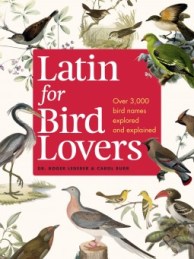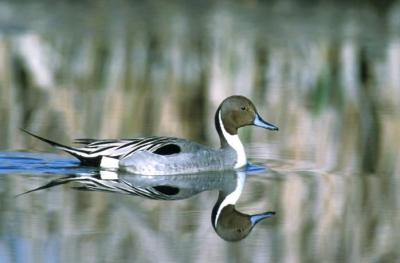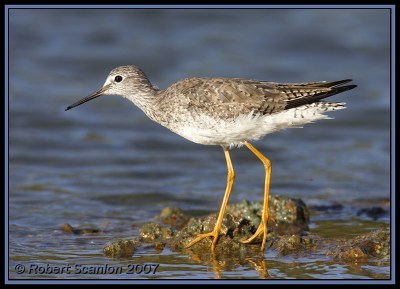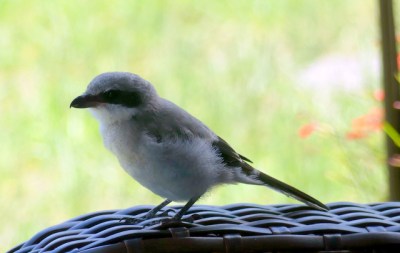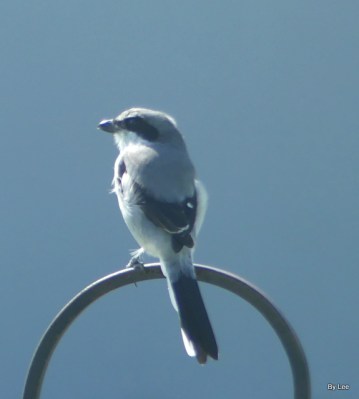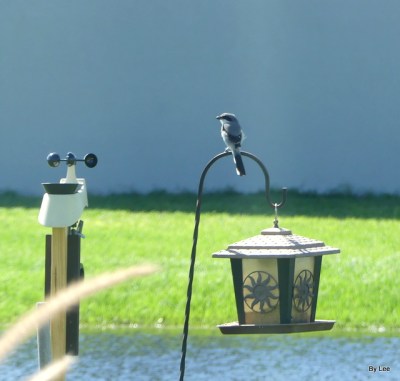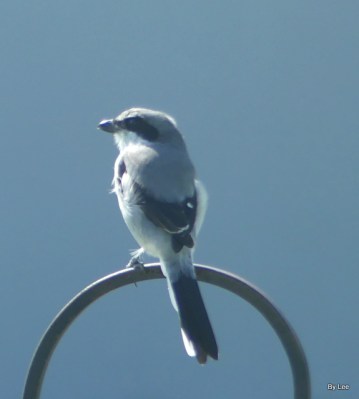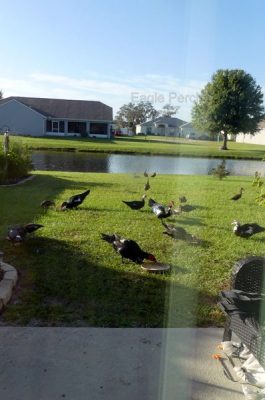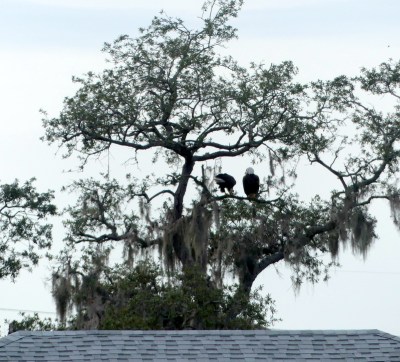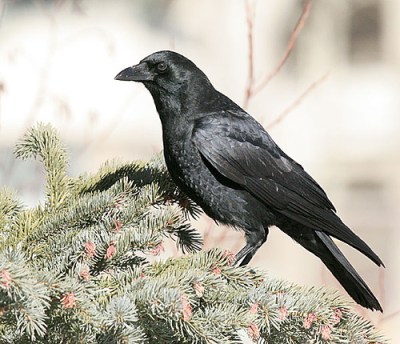While researching for a way to present birds from their Latin names, I checked out some of our previous posts that mentioned the naming of birds. There have been quite a few articles about this, and here is a fantastic one that William Wise wrote:
This is My Name Forever
William said exactly what I was thinking “It’s all Greek to me!” He also explains about God’s Name. It NEVER changes.
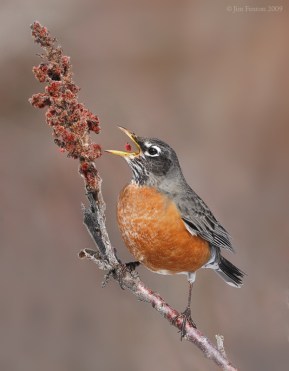
American Robin (Turdus migratorius) eating by Jim Fenton
How Birds are Named explains the modern naming system that is used for birds.
“Birds have two kinds of names. One is a common, vernacular, or popular name; the other is a technical or scientific name. The first is usually given to the living bird by the people of the country it inhabits. The second is applied to specimens of birds by ornithologists who classify them.
Common names in their origin and use know no law. Technical names are bestowed under the system of nomenclature established by Linnæus and their formation and application are governed by certain definite, generally accepted rules. The Linnæan system, as it is now employed by most American ornithologists, provides that a bird, in addition to being grouped in a certain Class, Order, Family, etc., shall have a generic and specific name which, together, shall not be applied to any other animal.
Our Robin, therefore, is classified and named as follows:
CLASS AVES, Birds.
ORDER PASSERES, Perching Birds.
Suborder Oscines, Singing Perching Birds.
Family –Turdidæ Thrushes.
Subfamily Turdinæ Thrushes.
Genus, Turdus Thrushes.
Species, migratorius American Robin.”
The Genus and the Species names are the ones that will be emphasized in the new series, (name to be determined, any suggestions?). The recent articles and the list below are listed to acquaint you with how the Genus and Species are used in the bird names.
Stay tuned!
“I know all the birds of the mountains, And the wild beasts of the field are Mine.”
(Psalms 50:11 NKJV)
Previous:










